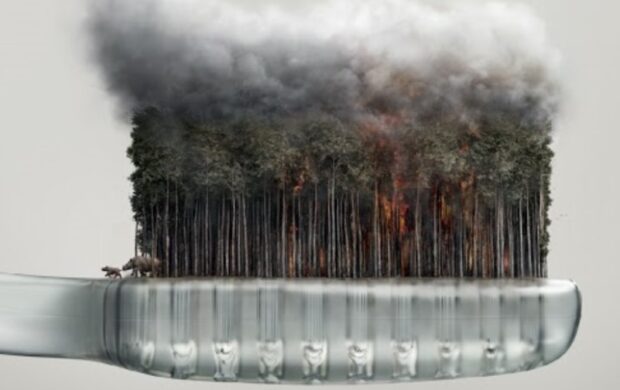Reducing the nutrient load reaching the Chesapeake Bay is crucial to improving water quality. Discharge of effluent from municipal wastewater treatment plants is one source of nutrients contributing to the decline of the Bay. Meanwhile, regional groundwater withdrawal is associated with land subsidence in coastal Virginia increasing the threat posed by rising seas. A solution to alleviate the threats posed by both issues is aquifer recharge with wastewater treated to drinking water standards. Hampton Roads Sanitation District’s newly opened SWIFT facility in Suffolk, Virginia will handle and inject up to 100 million gallons of treated water per day to the Potomac aquifer. An Extensometer, a device installed by the US Geological Survey will be used to measure aquifer and land levels.








![Poetry]](https://www.thefuturescentre.org/wp-content/uploads/2018/07/Poetry-620x390.jpg)


